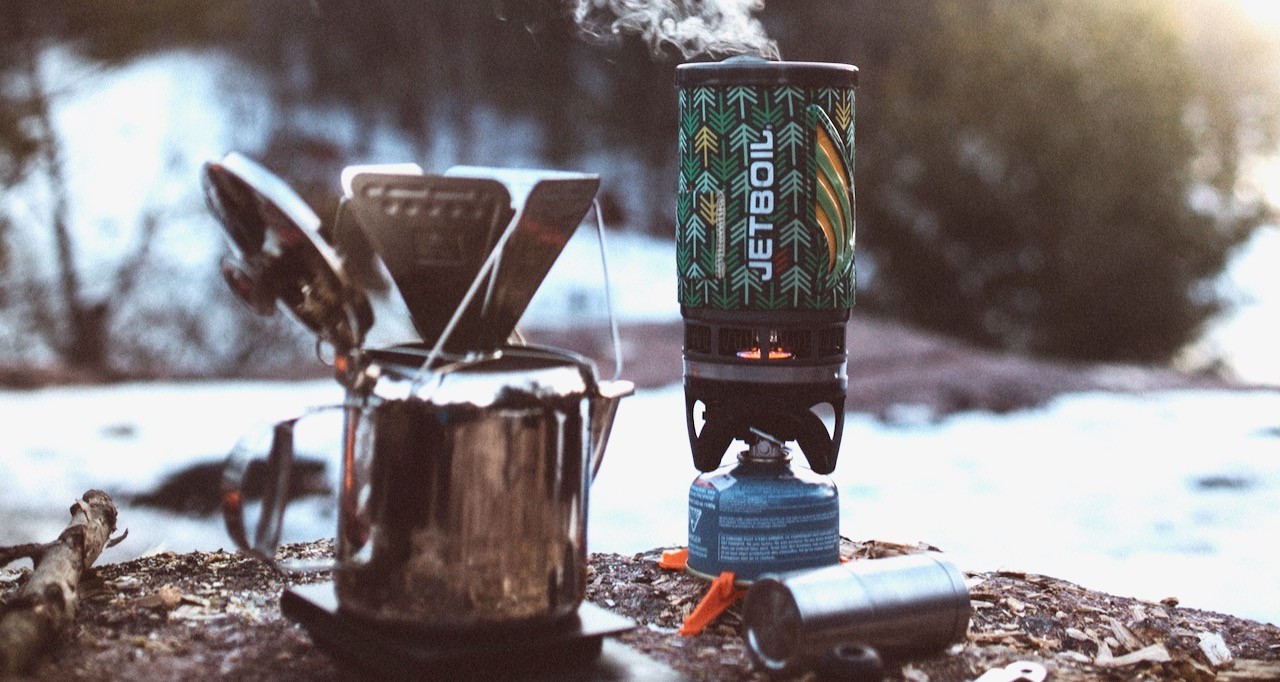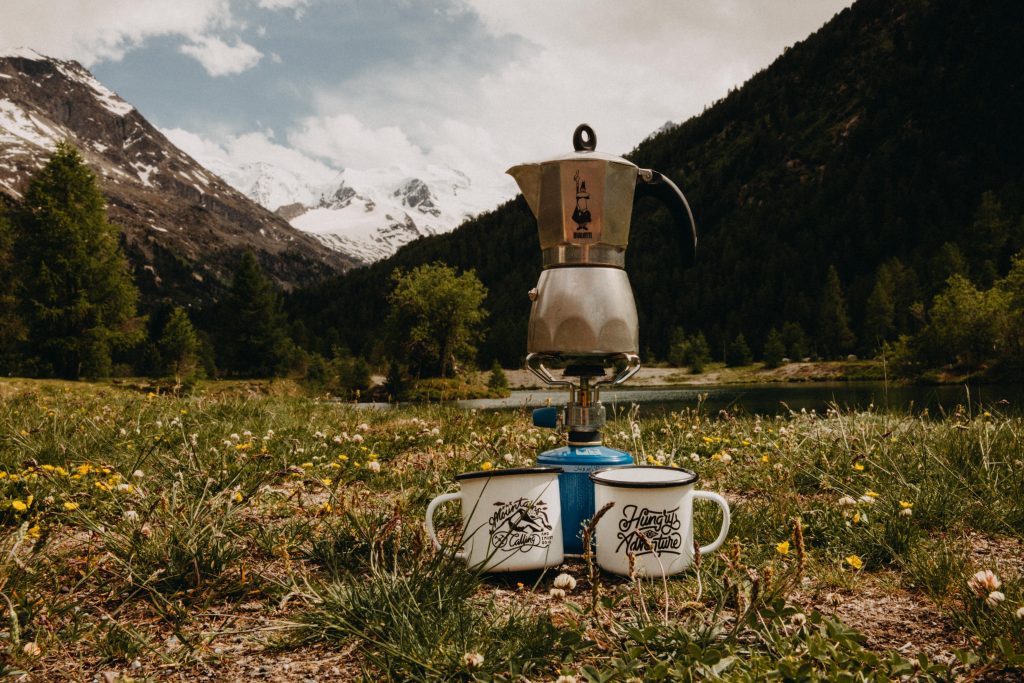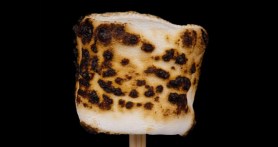

When you’re deep in the woods, it’s important to find yourself the right stove. After all, no camping experience is complete without sharing a good meal with your friends. And no good meal is possible without a reliable stove that’s capable of throwing off enough heat to prepare your food quickly and efficiently.
Videos by Outdoors with Bear Grylls
Today, we’re going to talk about what to look for in a camping stove. We’ll help you find a stove that’s lightweight and portable, as well as fuel-efficient. We’ll also look for safe operation, because the most important thing to look for in any camping equipment is the knowledge that you’ll get back to civilization in one piece.
Camping or Backpacking?
The first thing you need to consider is whether you’re using a local campsite, or whether you’re taking your stove into the deep woods. Many backpacking stoves are extremely lightweight, with small wireframes that are designed for balance and support but don’t take up a ton of extra space in your backpack.
Larger camping stoves, on the other hand, are considerably more difficult to carry and aren’t suited for transporting for miles in a backpack. That said, they offer a much larger fuel supply, and canister-fueled versions even allow you to quickly switch tanks, without the need to let them cool off first as you would with a white gas stove.
BTUs and Other Technical Specifications
The standard unit of measurement for any camp stove – or heater – is the British Thermal Unit or BTU. Not to get all science-y on you, but one BTU is the amount of heat energy that’s required to raise the temperature of one pound of water by one degree Fahrenheit. By comparison, a gallon of water weighs eight pounds. Assuming your water jug has a temperature of 60 degrees and needs to rise to 212 degrees to reach a boil, this means that it will require 152 x 8, or 1,216 BTUs to reach a full boil.
Of course, this is assuming that your stove is 100 percent efficient, and in reality, most of a stove’s heat gets thrown off into the surrounding air. If you want a reasonably powerful stove, look for a minimum of 20,000 BTUs. If you can afford it, buy a more powerful stove with 30,000 BTUs or more. The more powerful the stove, the hotter it will get, which means you can spend less time preparing your meals and more time enjoying the company of your friends.
Wind Resistance
A powerful stove is all well and good when you’re trying to fry some eggs and hot cakes as quickly as possible, but what if you want to stew some fresh-skinned rabbit or some vegetables? In that case, you’re going to need a stove that simmers as well as it sizzles.
Look for large wind fins around the burners, or, if you’re buying a small backpacking stove, look for a portable windshield to place around the base. These features make a world of difference, particularly when you’re trying to do some slow cooking on a breezy day. When you’re trying to figure out what to look for in a camping stove, wind resistance matters.
Different Fuel Types
We’ve already touched on this, but there are two primary types of fuel available for camp stoves. The first type of stove uses propane and/or butane canisters. These stoves allow you to swap fuel canisters during operation. However, the canisters are heavy, and they lose performance as they run empty, which means the size of flame you get on any one setting will vary throughout operation.
On the other hand, white gas is a liquid fuel, similar to kerosene but less volatile and more longer-burning. This gas provides a clean, consistent flame throughout the course of your stove’s operation. However, you need to let your stove cool off before refilling the fuel, which can make it inconvenient to cook dishes that take a while to prepare. A leaky fuel tank can also soak your gear with gas, which is never a fun experience.
Accessories and Extras
When you’re buying something like a camp stove, it’s also important to consider the accessories that come with your purchase. These aren’t a make-or-break consideration, because you can always buy aftermarket accessories that are as good or better than what you get with your camp stove. That said, if you’re buying the entire package, you’d be foolhardy not to take everything into consideration.
So what can you get with a quality camping stove? To begin with, some of them include a basic camp pot and pan kit. Even better, some camp stoves – as opposed to backpacking stoves – include a griddle that can save you the need for using camping pots and pans altogether. Fry up your eggs and hot cakes directly on the griddle, and you’ll spend less time cleaning than you’d otherwise have to invest.









